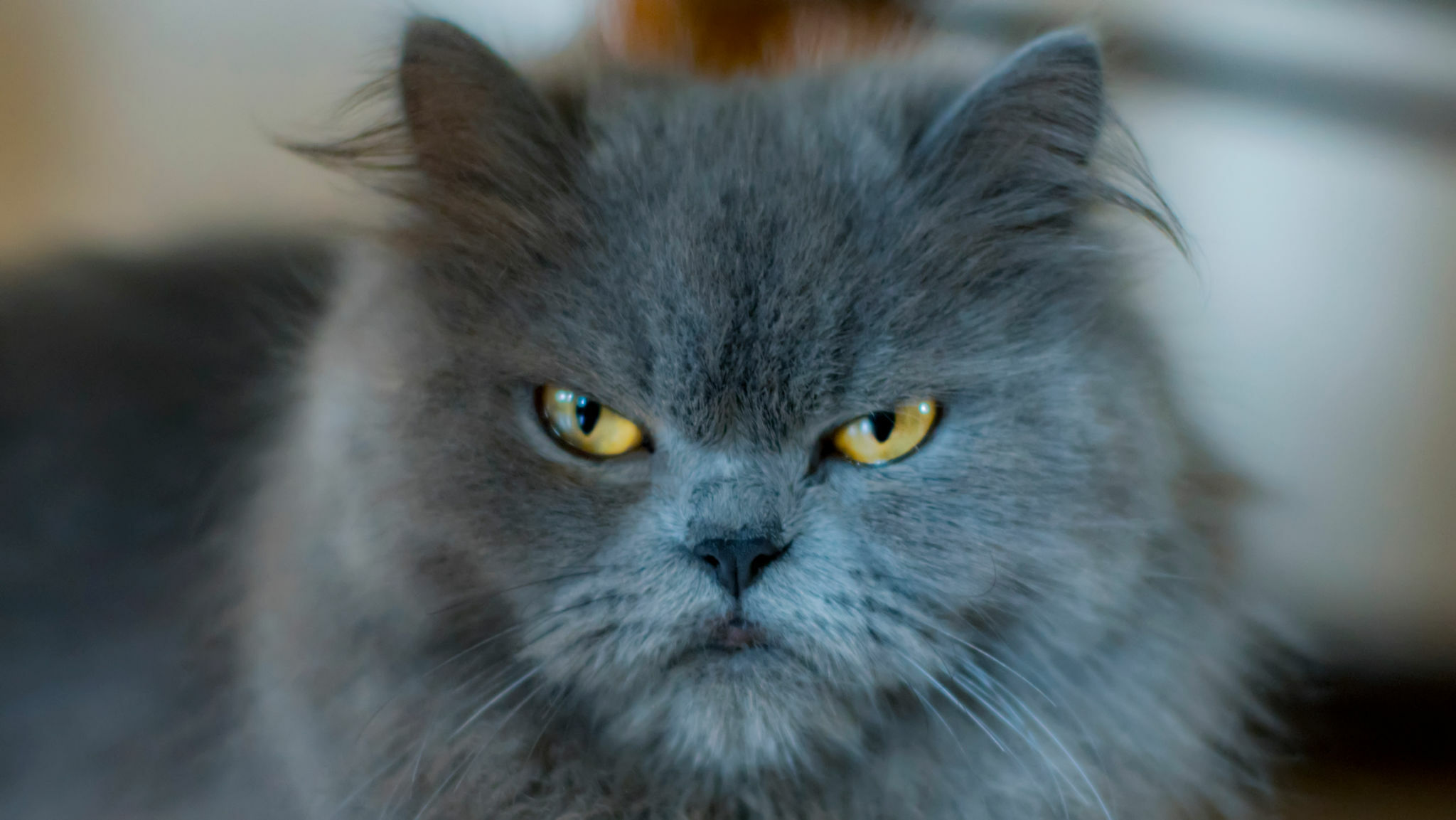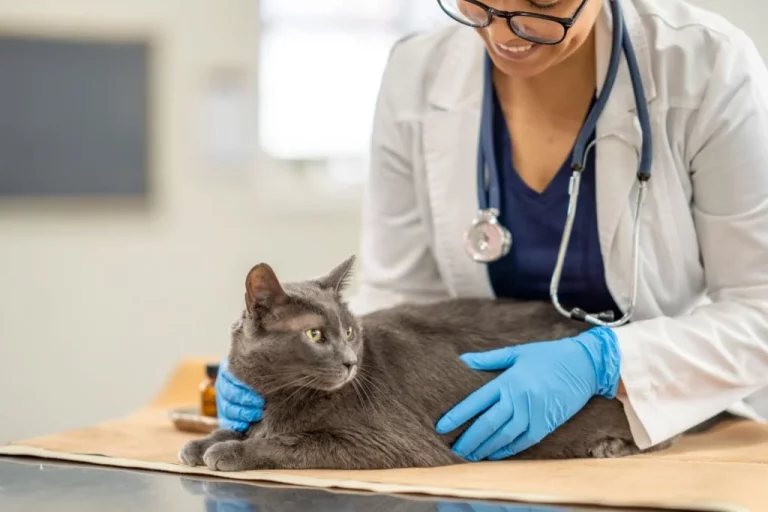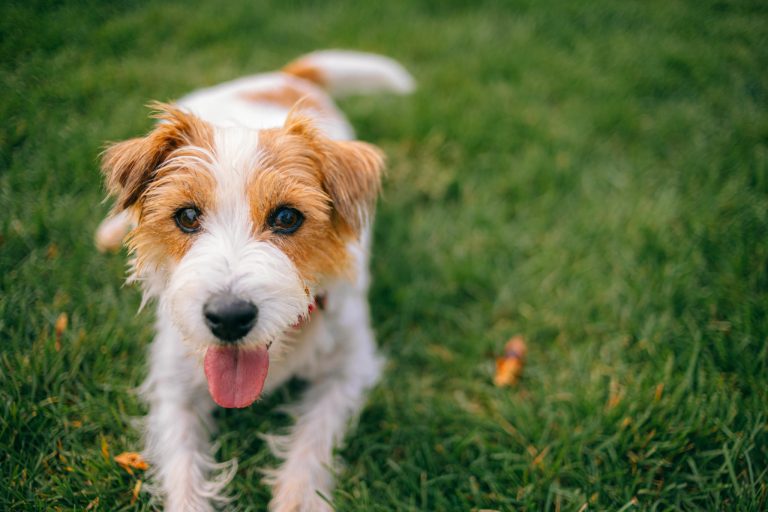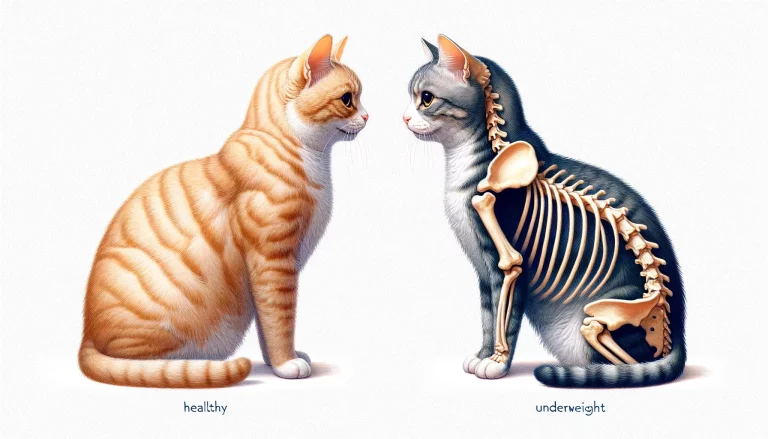10 Most Common Persian Cat Eye Problems And Care

Table of Contents
Discover easy ways to tackle the 10 Most Common Persian Cat Eye Problems and their solution. From tear stains to infections, we’ve got your feline friend covered! 🐾
Persian cats are one of the most popular cat breeds, known for their long, flowing coats and pushed-in faces. Unfortunately, their signature flat faces also make them prone to certain health issues, especially involving their eyes. As a Persian cat owner, being aware of potential eye problems can help you get your cat the care they need right away. Here are some of the most common Persian Cat Eye Problems and how to care for them
Persian Cat Eye Problems
Persian cats are prone to eye issues due to their signature flat faces. Brachycephalic breeds like Persians often have narrow tear ducts, inward-rolling eyelids, and other structural problems that can lead to irritation and injury of their large, prominent eyes over time. Persians are also predisposed to debilitating eye diseases such as glaucoma, cataracts, and progressive retinal atrophy that can gradually steal their eyesight. As a Persian owner, understanding common eye disorders helps provide preventative care and early treatment.
Cherry Eye
Cherry eye is one of the most frequently seen eye conditions in Persian cats. It occurs when the third eyelid, which usually sits in the corner of the eye, prolapses and pops out. This exposes the inner eyelid and causes the tissue to swell up and look like a reddish mass in the corner of the eye. It often looks like a cherry – hence the name “cherry eye.”
Causes: Cherry eye is thought to be caused by a weakness or malformation in the ligaments holding the third eyelid in place. Certain breeds, like Persians, are genetically predisposed.
Symptoms: A swollen, red mass in the inner corner of the eye. There may be some discharge or tearing as well. The cat may rub at their eye frequently.
Treatment: Cherry eye usually requires surgery to reposition the third eyelid and stitch it in place. This helps prevent it from prolapsing again. Medication may help reduce inflammation before surgery.
Blocked Tear Ducts
Persian cats are brachycephalic, meaning they have shortened facial structures. This can cause the tear ducts to be abnormally narrow or blocked. When tears cannot drain properly, it leads to overflow and tears staining on the face.
Causes: Anatomical factors like narrowed tear ducts, eyelashes rubbing on the eyes, or misaligned teeth putting pressure on the ducts. Infection, inflammation, or injury can also cause blockages.
Symptoms: Excessive tear production leading to wetness around the eyes and reddish-brown staining of the fur. The area may be irritated.
Treatment: Treating any infection is the first step. Surgery can open obstructed ducts. Flushing the tear ducts regularly with a sterile saline solution can help prevent blockages from recurring.
Entropion
Entropion is an inward rolling of the eyelids, causing the eyelashes to rub against the surface of the eye. This is painful and can lead to injury of the cornea. Entropion is common in flat-faced cat breeds like Persians.
Causes: Conformational factors like flattened facial features, loose skin, and abnormally shaped eyelids. It can be present from birth or develop later in life.
Symptoms: Squinting, discharge, redness, and excessive tearing since the eyelashes scratch the eye. The cornea may also appear damaged.
Treatment: Severe entropion usually requires corrective surgery to roll the eyelids outward into the proper position again. Short-term relief can come from taping the lids outward.
Read also: why doesn’t my cat make biscuits

Corneal Ulcers
Corneal ulcers are open sores that form on the surface of the cornea, often due to trauma. Persian’s large, prominent eyes are vulnerable to scratches and ulcers.
Causes: Injuries from scratches, foreign objects, or eye infections. Entropion and dry eye also increase ulcer risk.
Symptoms: Pinkish hue, cloudy appearance, or dark spot on the cornea. Squinting, redness, tearing, discharge, sensitivity to light.
Treatment: Antibacterial eye drops, ointments, steroids, and sometimes corneal sedatives. Medication continues for 7-10 days after the ulcer has healed. Surgery if non-healing.
Glaucoma
Glaucoma refers to increased pressure within the eye, which can damage the optic nerve and cause vision loss or blindness. Primary glaucoma may be inherited while secondary is due to other eye diseases.
Causes: Obstructed drainage angle in the eye, overproduction of aqueous humor fluid, lens dislocation, inflammation, cancer, and more. Persian cats are genetically predisposed.
Symptoms: Dilated pupils, cloudy cornea, bulging eyes. Behavior changes like lethargy and poor appetite as vision declines.
Treatment: Daily prescription eye drops, sometimes pills, to lower eye pressure. Surgery if medicine alone is ineffective. Lifelong management is needed once diagnosed.
Progressive Retinal Atrophy (PRA)
PRA encompasses various degenerative eye diseases that cause blindness from loss of photoreceptors in the retina. Early detection is key since it cannot be reversed.
Causes: Genetic mutation carried in Persian lines. Most forms of PRA are inherited recessively.
Symptoms: Night blindness that progresses to day blindness. Dilated pupils, reluctance to move in dim light. Behavior like hesitating at stairs.
Treatment: No cure exists, but antioxidants and vision-enhancing supplements may help slow progression. Maintaining good lighting levels and a safe home environment.
Cataracts
A cataract is a clouding of the lens that reduces the amount of light reaching the retina, causing blurred vision. Common causes in senior cats include diabetes, genetics, and eye trauma.
Causes: Diabetes, genetics, aging changes, inflammation, poor nutrition, radiation exposure, eye injury. Persian cats may develop under age 6.
Symptoms: Cloudy, whitish appearance in the pupil. Gradual vision loss, clumsiness, reluctance to move around. Excessive blinking and dilated pupils.
Treatment: Surgery to remove cataracts may be done when minimal vision remains. Post-op care is crucial. Medication can control diabetes if that is the root cause.
Distichiasis
Distichiasis refers to abnormal eyelashes growing from the oil glands along the eyelid margins. These misdirected eyelashes can irritate and scratch the cornea.
Causes: Congenital defects in many dog breeds. Persian kittens may be born with it or develop it as they mature.
Symptoms: Tearing, light sensitivity, redness, squinting, corneal ulcers from eyelash irritation.
Treatment: Plucking the abnormal eyelashes, cryotherapy to destroy the hair follicles, or surgery to remove the eyelashes and follicles.
Conjunctivitis
Conjunctivitis or “pink eye” involves inflammation of the moist tissues lining the eyelids and surface of the eye. It’s often caused by viral or bacterial infection, irritation, or allergies.
Causes: Viruses, bacteria, funguses, foreign bodies, irritants like cigarette smoke. May occur along with upper respiratory infection.
Symptoms: Pinkish, swollen conjunctivae. Green or yellow discharge, matted fur around eyes. Reduced eye dilation. Blinking and rubbing at eyes.
Treatment: Antibiotics for bacterial infection. Antihistamines and bathing for allergic conjunctivitis. Medicated eye drops and keeping the area clean.
Dry Eye (Keratoconjunctivitis Sicca)
Dry eye, or KCS, occurs when the eyes do not produce enough tears to stay moist. This causes irritation and damage to the cornea and conjunctiva.
Causes: Autoimmune disease damaging the tear glands, congenital tear gland aplasia, facial trauma, or nerve damage affecting normal tear production.
Symptoms: Thick mucus discharge, reddened eyes, ulceration of cornea, haziness, and scarring. Squinting and pawing at eyes.
Treatment: Cyclosporine ophthalmic drops to stimulate tear production. Other options are artificial tears, steroids, and contact lenses. Lifelong management.
Why do Persian cats have eye discharge?
Blocked tear ducts
Flat faces and short noses can compress tear ducts in Persians, causing tears to overflow and form crusty discharge.
2. Allergies
Sensitive breeds like Persians can develop allergies to pollen, dust, or even certain foods, leading to watery or pus-like discharge.
3. Eye infections
Viruses, bacteria, or parasites can cause eye infections in any cat, but Persians’ prominent eyes can be more susceptible. Look for redness, squinting, and thick discharge.
4. Dental issues
Poor dental hygiene can lead to bacteria buildup that travels to the eyes, causing irritation and discharge.
5. Breed specifics
Some Persian lines carry genes for excessive tear production, which can appear as discharge even when healthy.
Caring for Your Persian Cat’s Beautiful Eyes
Persian cats are prone to eye issues, so owners should observe their eyes daily. Look for any redness, discharge, squinting, pawing, or change in the eyes’ appearance. Schedule regular vet eye exams to screen for problems.
Prevention steps:
- Gently wipe your eyes daily to remove discharge and hair around the eyes.
- Limit exposure to cigarette smoke or other eye irritants.
- Feed an antioxidant-rich diet with omega fatty acids.
- Keep their face and eyes clean. Trimming hair around the eyes can help.
- Never let them rub or scratch their eyes.
- Use filtered water to prevent infectious organisms.
- Block sun with shade, cat-safe sunscreen, or UV-protectant windows.
- Avoid rough play or activities that could cause eye injuries.
- Spay/neuter your Persian cat since heat cycles increase glaucoma risk.
- Purchase from responsible breeders who screen for genetic issues like PRA.
With attentive care and early veterinary intervention when needed, you can help your Persian cat maintain their beautiful eyes and good vision well into their senior kitty years. Be vigilant and don’t hesitate to call your vet if you ever notice signs of eye trouble or illness. Acting promptly gives the best chance of successful treatment and prevention of permanent damage.
People also ask
Do Persian cats have eye issues?
Yes, they’re prone to eye problems.
How do you treat cat eye problems?
Consult a vet for proper diagnosis and treatment.
What is an eye infection in Persian cats?
Bacterial or viral inflammation affects the eyes.
How do you treat Persian cats’ eyes?
Follow vet-prescribed treatments for eye issues.






